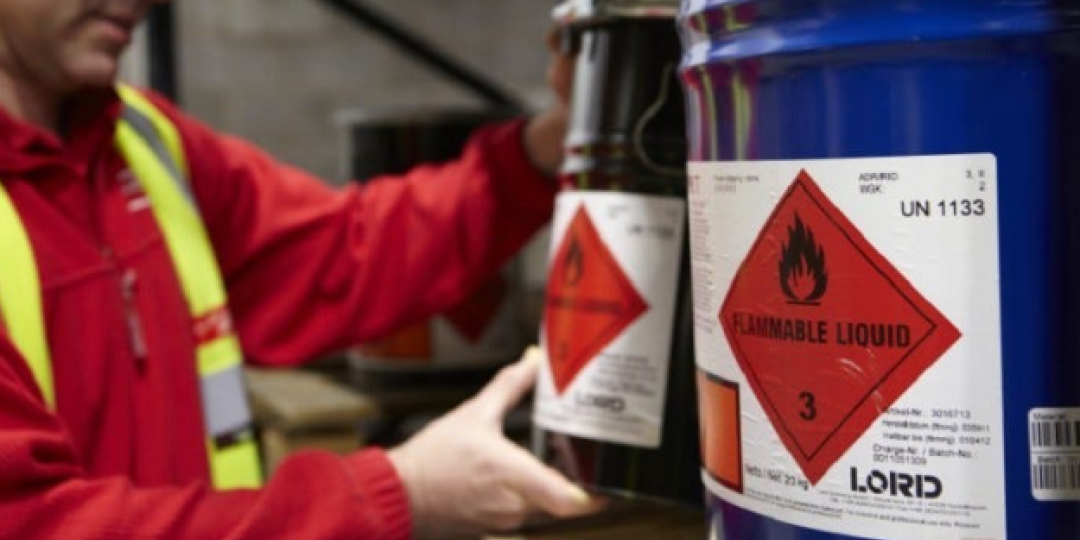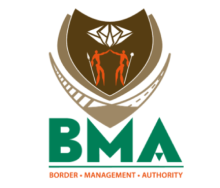Goods as varied and seemingly innocuous as cotton, fishmeal, grain, and wood pellets appear on a list of 15 dangerous cargo types commonly carried in shipping containers that pose a potential threat to other categories of cargo.
The list, compiled by Cargo Integrity Group, a collection of industry associations focused on supply-chain safety, draws attention to the possible danger that the cargoes pose, and the critical need for proper declaration, packaging, and handling of hazardous goods to ensure the safety of ships, crews and the environment.
The full list, comprises calcium hypochlorite, charcoal, copra (a source of coconut oil), cotton, direct-reduced iron, ferrosilicon, fishmeal, grain, mono ammonium phosphate, pentane-based expandable polymeric beads, pitch prill, potassium nitrate, seed cake, sulphur, and wood pellets, that have been involved in numerous potentially fatal incidents at sea.
These incidents include fires and explosions on ships and in port facilities.
Improper declaration, packaging and handling of these goods can lead to catastrophic consequences, such as loss of life, damage to property and environmental pollution.
The Cargo Integrity Group emphasises that shippers have a legal and moral obligation to properly declare and package dangerous goods.
Carriers and port authorities also play a crucial role in ensuring the safe transport of risky cargo by conducting thorough inspections and enforcing regulations.
Industry experts urge all stakeholders in the supply chain to prioritise safety and adhere to the International Maritime Dangerous Goods (IMDG) Code, which provides comprehensive guidelines for the transport of dangerous goods by sea.
By working together to address this critical issue, the shipping industry can mitigate the risks associated with the transport of hazardous cargo and prevent future incidents.













